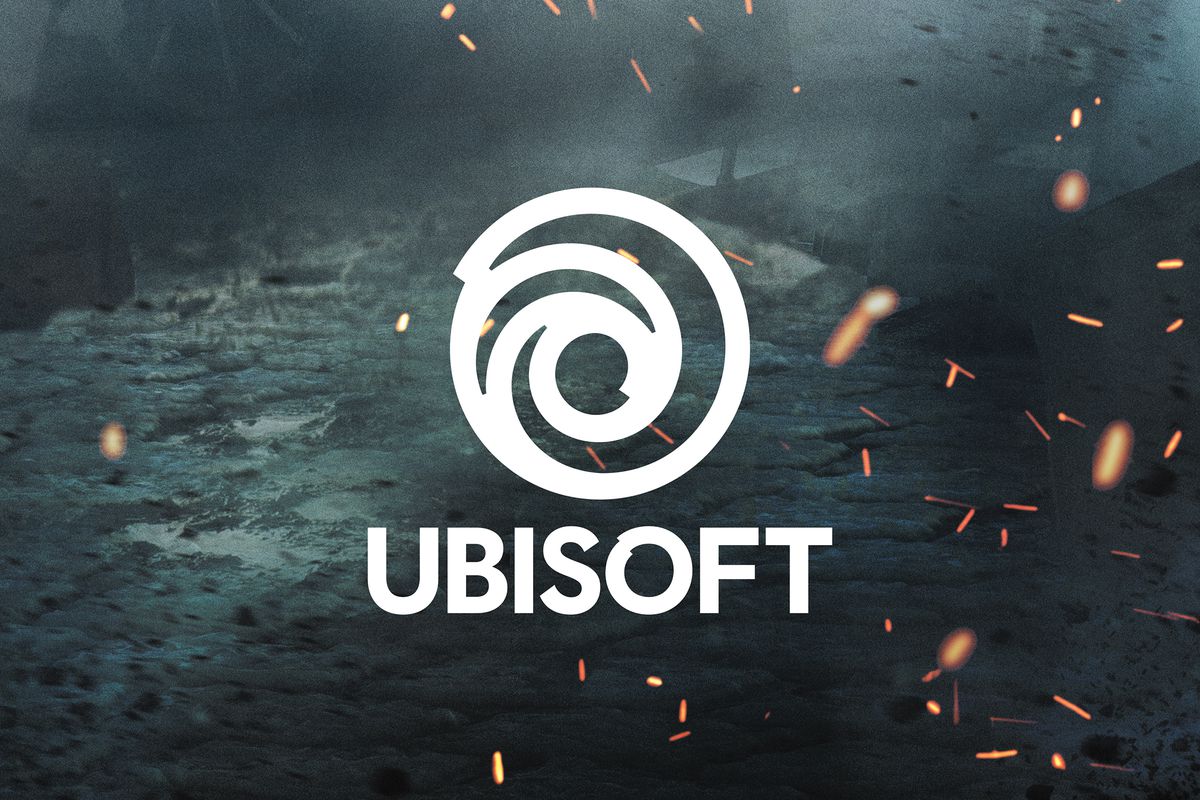Ubisoft games coming out in the fall for next-generation consoles will keep the same $60 price tag as current generation titles, according to Bloomberg News reporter Jason Schreier.
Ubisoft’s announcement, which came from an earnings call today, only applies to its initial fall releases for the PS5 and Xbox Series X, however. That means it’s still possible that Ubisoft could increase the initial purchase price of its games in 2021 and beyond.
This news follows Take-Two Interactive’s announcement at the beginning of July that NBA 2K21 will cost $60 for the current generation of consoles, but would cost an additional $10 to purchase for the PS5 or Xbox Series X. Take-Two hasn’t confirmed if it’ll be charging $70 for all of its games in the next generation or if the price increase is specific to the NBA-licensed game.
Although video game prices have varied over time, $60 has remained a standard price for the games industry for a decade and a half. Console titles saw an increase in retail price from $50 to $60 in 2005, coinciding with the release of the Xbox 360 and the PS3. That price point has stuck throughout the industry to this day.
Some people have questioned why video game prices haven’t risen with inflation. After all, video games cost far more to make today than they did in 2005, yet companies are charging the same price for them. If companies only adjusted for inflation, $60 in 2005 would be worth nearly $80 today. So on its face, a $60 price tag appears low. But there’s more to video game profits than the initial price of a game.
Video games are more profitable than ever. Gaming companies sell more copies and have more revenue streams available. As evidence for the wild profitability of games, look no further than Take-Two Interactive’s Grand Theft Auto V, a game that sold 90 million units and made more than $6 billion since its original release in 2013.
In 2005, $60 bought you an entire game with all of its content. In 2020, for many games, $60 is a starting point with the ability to purchase more content through expansions, microtransactions, and loot boxes. Not all games operate this way, but Ubisoft titles do.
If you look at Ubisoft’s earnings report from its first quarter of 2019, 93 percent of its income came from digital content, or as the report calls it, “player recurring investment.” Live service games like Rainbow Six Siege netted Ubisoft a huge percentage of that revenue through the sale of cosmetics, new characters to play, and loot boxes.
Ubisoft doesn’t need to increase the cost of entry to make huge profits as long as its live service economy is thriving. In fact, with digital good sales making up the majority of its income, increasing the cost of entry might end up causing Ubisoft to lose potential customers who would otherwise eagerly purchase microtransactions.
Continuing revenue from cosmetics and digital expansions has led a variety of gaming companies to record profits without ever needing to increase the cost of the game from $60. In fact, successful free-to-play titles like Fortnite, League of Legends, and CS:GO show that companies can make money without any upfront price at all.
But with Take-Two raising the price for NBA 2K21, the door is open for more publishers to push up their price. As more companies announce games for the upcoming console generation, many eyes will be looking to see who joins Ubisoft at the $60 price point and who will increase the cost of their games alongside the release of the new generation of consoles.

